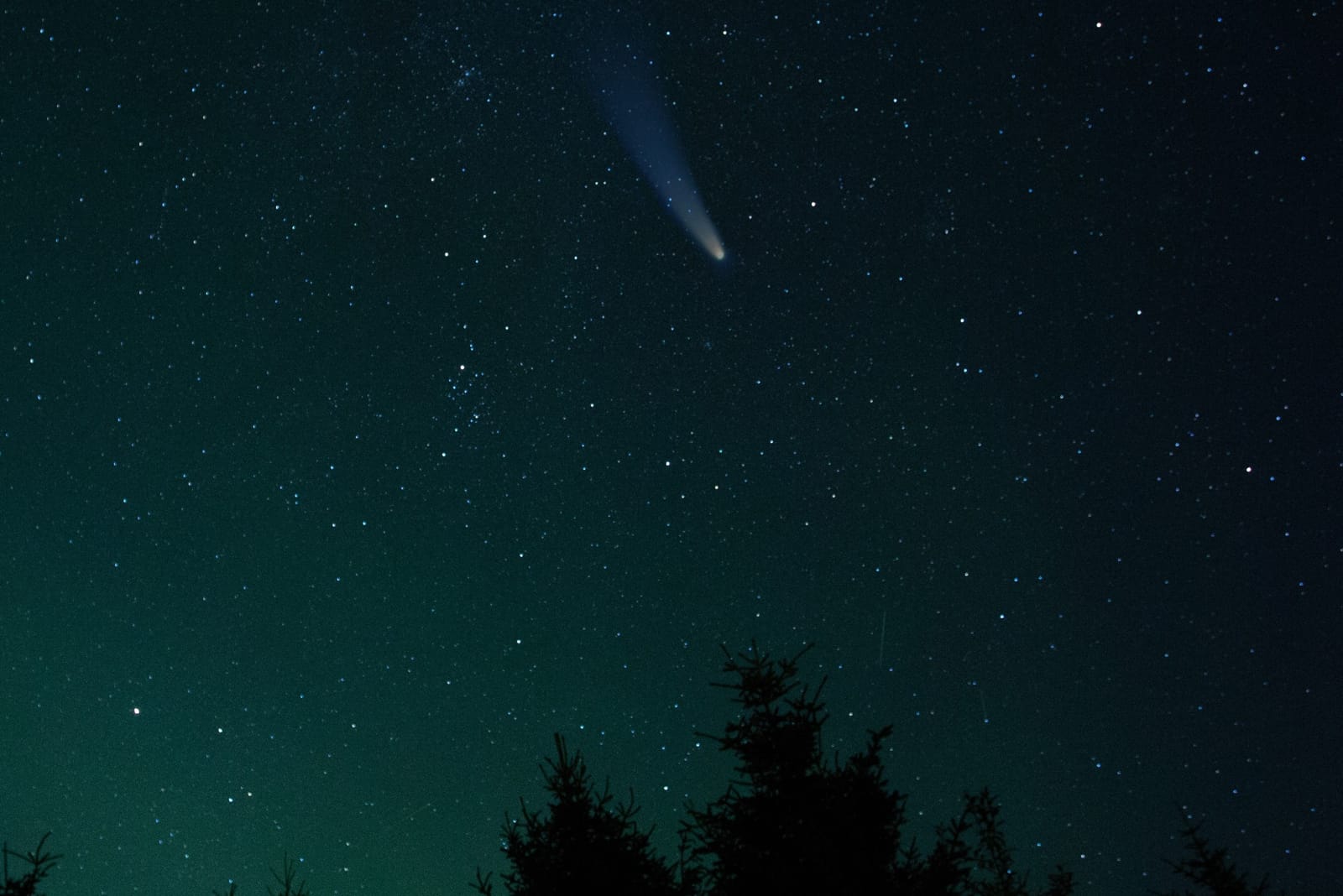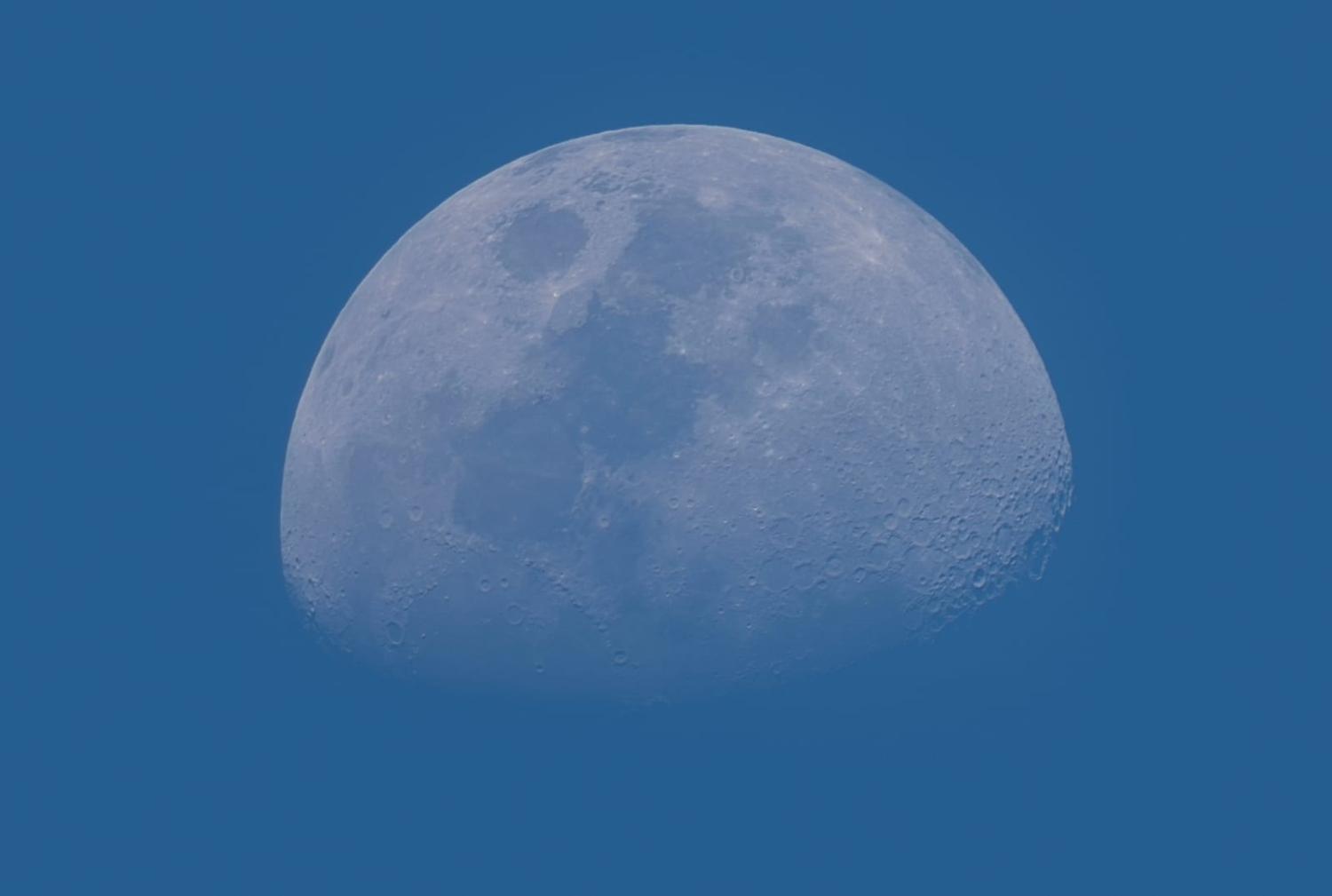Soon, humanity will return to the Moon, aiming to build bases there before venturing on to Mars and beyond. To do so, and to become truly spacefaring and interplanetary, humanity will need to develop and use technology across many fields including but not limited to medicine, engineering, agriculture, and artificial intelligence. Another crucial area of development is space resources. Space resources have the potential to not only facilitate the exploration and long-term habitation of this solar system, and eventually beyond, but also to improve life here on Earth. Given their value, space resources pose numerous policy issues, but also significant opportunities.
The term "space resources" is broad, as is how and where space resources could be used. In the near term, space resource use will likely be the use of lunar regolith (the top soil covering the surface of the Moon) for lunar civil engineering purposes to protect lunar bases and their occupants from radiation or to build lunar roads. There’s also water ice that can be used to generate rocket fuel. More long term, there’s asteroid mining.
The need to consider space resources has recently become more important, and more real. Recently, NASA unveiled the material contents retrieved from the near-Earth asteroid Bennu that were returned to Earth. The sample from Bennu, which is estimated to be 4.5 billion years old, was obtained through the NASA OSIRIS-REx mission, and was found to be high in carbon, with water molecules locked in clay fibres. A few days after the return of this sample, NASA launched a spacecraft to Psyche – a metal-rich asteroid. However, unlike OSIRIS-REx, this mission won’t return a sample to Earth.
While these NASA missions are not specifically looking at developing space resource capabilities for asteroid mining, companies are. Deep Space Industries, and Planetary Resources were two start-up companies, with significant backers. Both had the goal of commercialising space resources through the mining of asteroids, however, they never achieved this. More recently, Y Combinator-backed AstroForge has emerged as a future asteroid mining contender.
There’s an abundance of asteroids in our solar system, but at the moment, reaching them is costly and difficult. The composition of asteroids varies significantly – take Psyche for example. In the asteroid belt between Mars and Jupiter, one estimate has Psyche worth $10,000 quadrillion due to its likely composition of iron, nickel, gold, platinum, and other rare metals. Although humanity has the technology to reach Psyche, the technology to mine, process, and then return that material does not exist – yet.

In the coming decades, it is expected that humanity will develop the technology to process and transport resources from asteroids. When combined with in-space manufacturing, it will enable people to explore further into the solar system and beyond. And the material abundance created through space resources, in particular asteroid mining, has the potential to lead to abundance and greater sustainability here on Earth. Furthermore, should technology adequately develop, asteroid mining could in turn replace some mining here on Earth.
Australia has a role to play in space resources. Australia has extensive experience in terrestrial resource extraction and processing, is a leader in autonomous vehicles and natural resource knowledge, and has excellent academic and private sector institutions. The Australian Space Agency already has Australia developing a rover for the Moon through the Trailblazer program under the Moon to Mars initiative. However, efforts need to be made to ensure that Australia’s expertise is used to develop the future of space resources. Given the scale of this endeavour, international public-private partnerships are the most likely to result in long-term success. Australia is well positioned to further develop these international public-private partnerships, and efforts should also be made to contribute to the development and upholding of any associated regulations.
In the use of space resources, whether that be lunar regolith or asteroid mining, humanity needs to conduct these activities sustainably. In this case, sustainability means ensuring that the space environment is not polluted but also that human activities in space can be sustainable, such that they are not endangered by space resource-related activities and can continue independent of Earth. In its role in the global space community, Australia needs to be vocal for encouraging this approach for space resource sustainability, and in developing the future of space resources.

